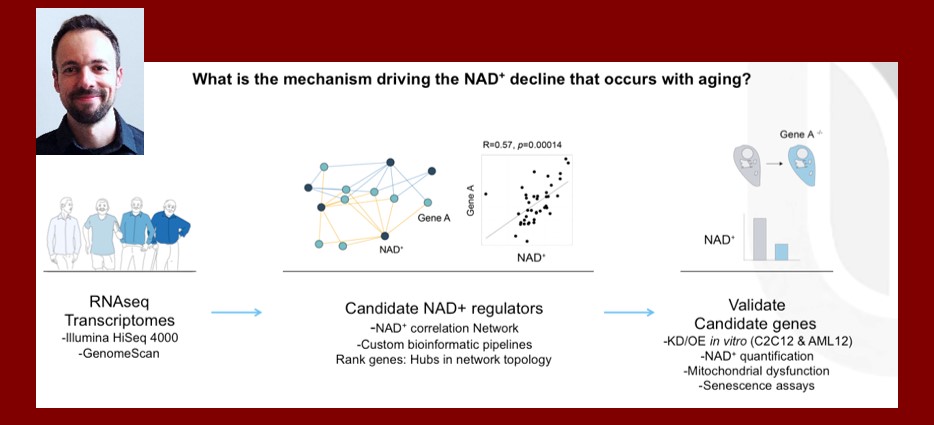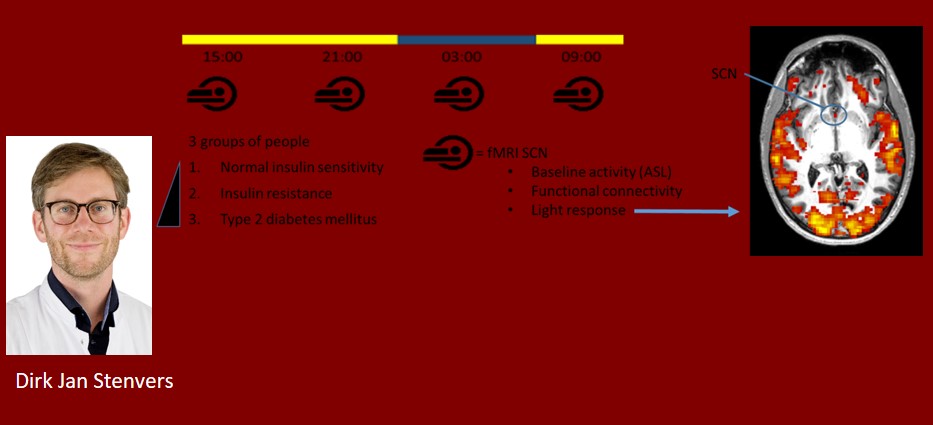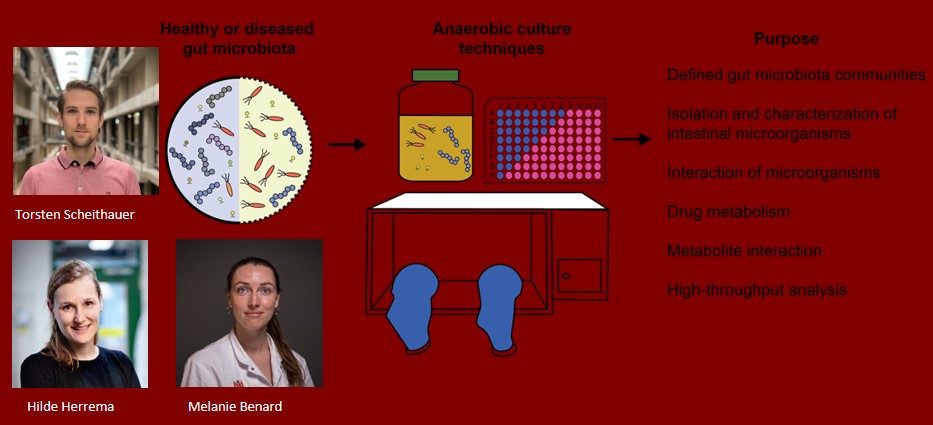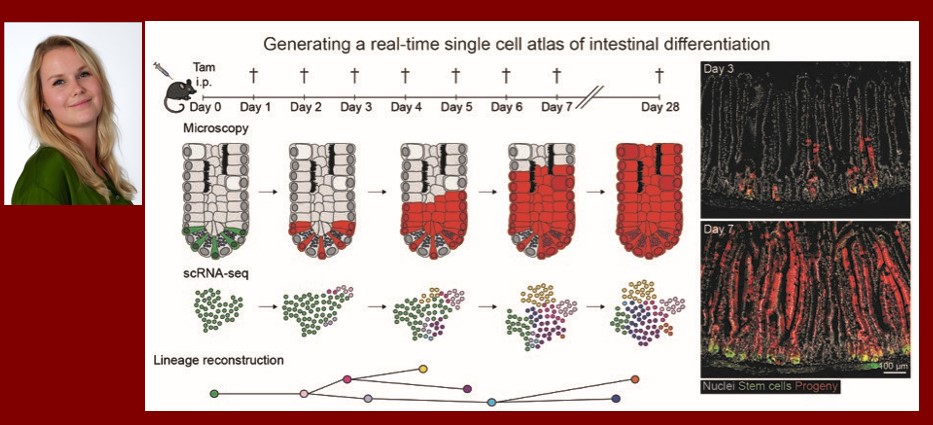The AGEM talent development grant 2021
Grant (€75.000) for exceptionally talented researchers who are in the first 5 years after obtaining a PhD-degree and want to start their own research line (VENI-profile) or who want to further develop their own research line (VIDI-profile, max 8 years after PhD graduation). The grants have been rewarded to:
George Janssens
What is the mechanism driving the NAD+ decline that occurs with aging?
The development of many age-related diseases have been associated with disturbed metabolism. While NAD+ has a crucial role in age-related diseases, in humans the evidence on the role that NAD+ levels play in aging is limited, and its relevance to healthy aging is critically missing. I aim to answer ‘what is the mechanism driving the NAD+ decline that occurs with aging in humans?’ To address this, I will (1) perform RNAseq transcriptomics on muscle biopsies from a unique cohort of aged individuals of different health levels, that range from athletic to frail, to find genes that correlate with NAD+ measures, and (2) validate the candidate genes’ influences on NAD+ in vitro, complimented with functional mitochondrial and senescence assays relevant for healthy aging. The results obtained will reveal genes regulating NAD+ abundance in healthy human aging, which could be used in the future as novel therapeutic targets.

Dirk Jan Stenvers
Role of the central brain clock in the pathophysiology of insulin resistance
Type 2 diabetes mellitus (T2DM) is a major threat to human health, and the key pathophysiological mechanism in the development of T2DM is insulin resistance. The central brain clock in the suprachiasmatic nucleus (SCN) coordinates food intake behavior, and regulates insulin sensitivity via hormonal signals and the autonomic nervous system. In our 24-hour society, the around-the-clock availability of light and food may disturb the rhythm of the SCN. I hypothesize that this SCN disturbance contributes to the development of insulin resistance. Therefore I will use advanced functional brain imaging (7Tesla functional MRI) to analyze the daily rhythm of SCN activity in people with progressive stages of insulin resistance.

The AGEM innovation grant 2021
Grant (€50.000) with the goal to add something new that is beneficial to the AGEM institute. The grants have been rewarded to:
Torsten Scheithauer
Anaerobic culturing for large scale studies into microbiota function
The gut comprises a complex community of microorganisms, which exert a marked influence on human health and disease. Studies aiming to better understand microbiota function face several challenges. Dedicated anaerobic in vitro infrastructure will significantly aid in the design of microbiota studies and accelerate insight in its function. Using the AGEM Innovation Grant, we are going to set up and make available the infrastructure for large scale anaerobic in vitro microbiota studies. These include, but are not limited to, interaction of microbes with medication; microbial conversion of (dietary) precursors into metabolically relevant metabolites, community interactions (e.g., between bacteria and viruses) or optimizing the composition and efficacy of fecal microbiota transplantation (FMT). We will advertise the infrastructure, when up and running, via our networks, the Microbiota Center Amsterdam (MICA) and a central user meeting.

Sanne van Neerven, Jan Koster & Louis Vermeulen
A real-time single cell atlas of intestinal differentiation
The intestine is one of the fastest renewing tissues of the body, replacing its epithelial monolayer every 5-7 days. The process is tightly regulated by intestinal stem cells (ISCs) that possess the unique ability to self-renew while simultaneously providing daughter cells primed for differentiation. A tight regulation of stem cell renewal and differentiation is critical to maintain intestinal tissue integrity, and disruption of this balance can lead to many diseases. In order to study this process of intestinal homeostasis, it is important to understand lineage relations between the different cell types residing in the intestine. For this project, we will combine traditional lineage tracing methods with single-cell RNA sequencing to provide the first real-time atlas of intestinal differentiation. In this way it is possible to visually trace ISCs and their labelled progeny whilst simultaneously capture genetic profiles on a single cell level over time.


